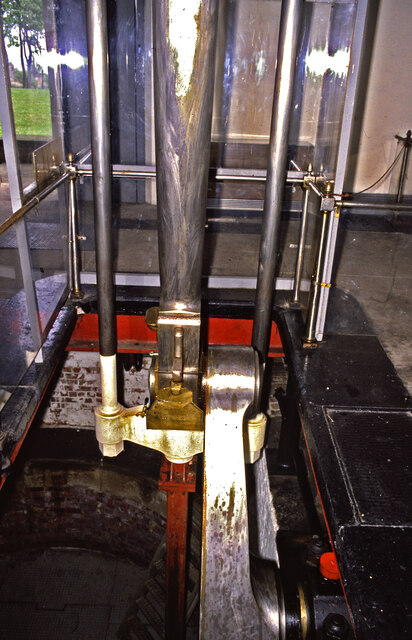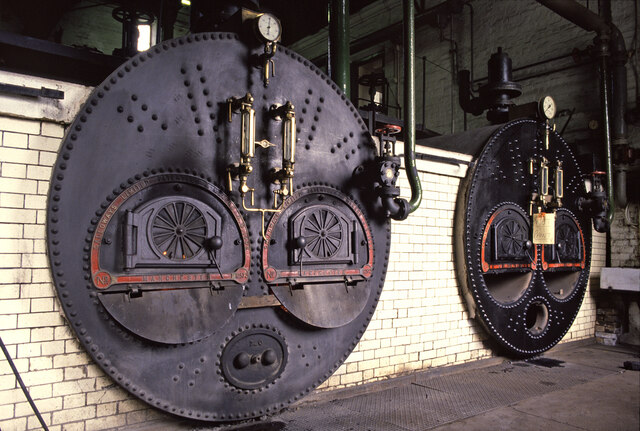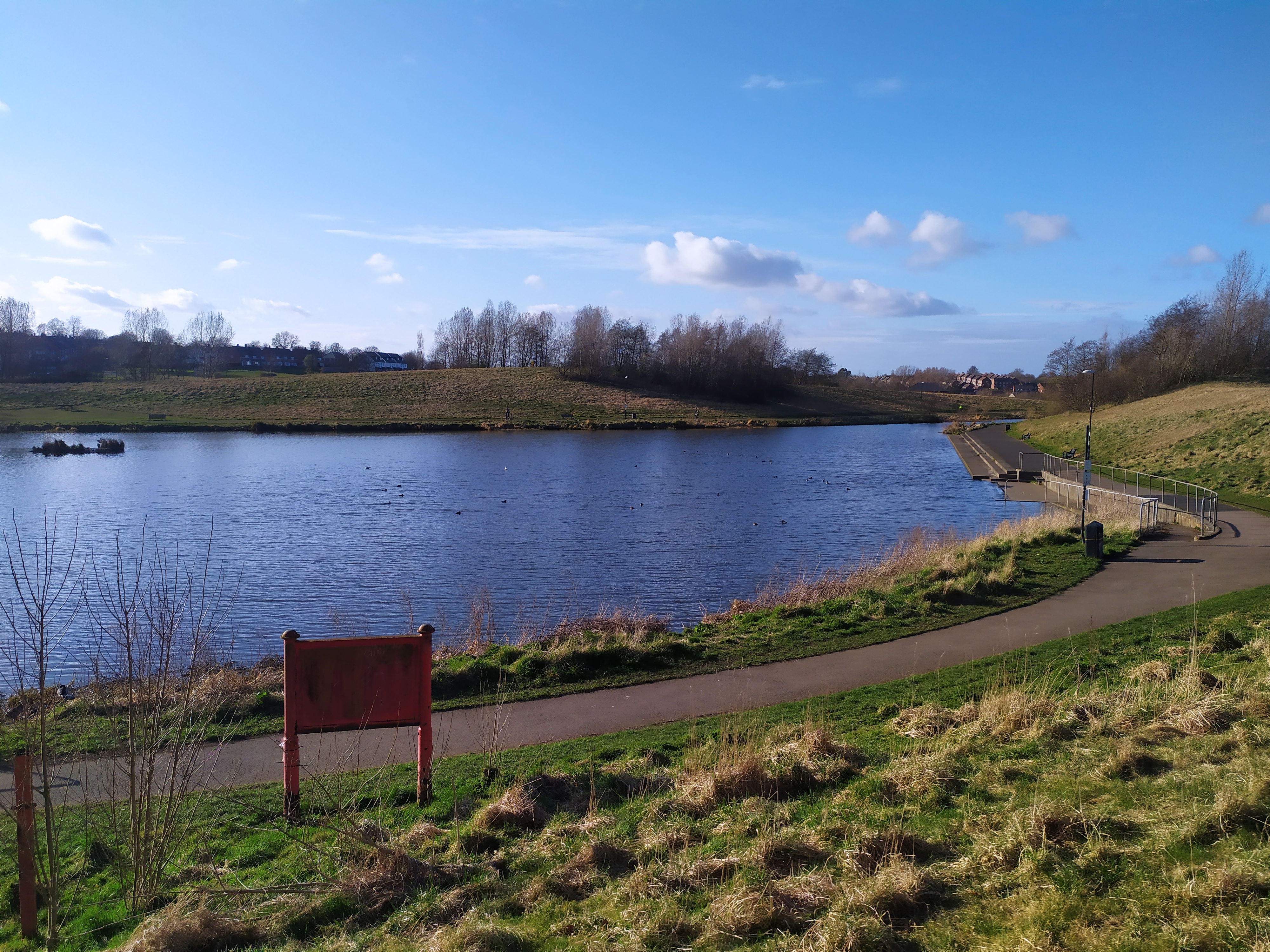Howly Hill
Hill, Mountain in Durham
England
Howly Hill

Howly Hill is a prominent natural feature located in County Durham, England. As its name suggests, it is a hilly area, characterized by its gentle slopes and lush greenery. The hill is situated in the northern part of the county, near the village of Houghall, and is part of the larger Durham Dales landscape.
At an elevation of approximately 200 meters (656 feet), Howly Hill offers breathtaking panoramic views of the surrounding countryside. It is a popular destination for hikers and nature enthusiasts, who are drawn to its tranquil atmosphere and stunning vistas. The hill is covered in a variety of vegetation, including grasses, heather, and scattered trees, providing habitats for a diverse range of wildlife.
Howly Hill also holds historical significance. It is believed to have been used as a site for ancient settlements, with evidence of human activity dating back thousands of years. Archaeological remains, such as pottery and flint tools, have been discovered in the area, shedding light on the early inhabitants of the region.
The hill is easily accessible by foot, with several footpaths and trails crisscrossing its slopes. Visitors can embark on leisurely walks or more challenging hikes, immersing themselves in the natural beauty of the surroundings. Howly Hill offers a serene and picturesque escape from the hustle and bustle of everyday life, making it a popular destination for both locals and tourists alike.
If you have any feedback on the listing, please let us know in the comments section below.
Howly Hill Images
Images are sourced within 2km of 54.859913/-1.3951962 or Grid Reference NZ3851. Thanks to Geograph Open Source API. All images are credited.














Howly Hill is located at Grid Ref: NZ3851 (Lat: 54.859913, Lng: -1.3951962)
Unitary Authority: Sunderland
Police Authority: Northumbria
What 3 Words
///twins.keys.sunk. Near Ryhope, Tyne & Wear
Nearby Locations
Related Wikis
Burdon
Burdon is a village and civil parish in the City of Sunderland in Tyne and Wear, England. It is south of the city centre. The north-west of the parish...
New Silksworth
Silksworth is a suburb of the City of Sunderland, Tyne and Wear. The area can be distinguished into two parts, old Silksworth, the original village and...
Cherry Knowle Hospital
Cherry Knowle Hospital was a mental health facility in Ryhope, Tyne and Wear, England. It was managed by the South of Tyne and Wearside Mental Health NHS...
Ryhope Colliery Welfare F.C.
Ryhope Colliery Welfare Football Club were an association football club based in Ryhope, Sunderland, in England. == History == The club was founded by...
Nearby Amenities
Located within 500m of 54.859913,-1.3951962Have you been to Howly Hill?
Leave your review of Howly Hill below (or comments, questions and feedback).





